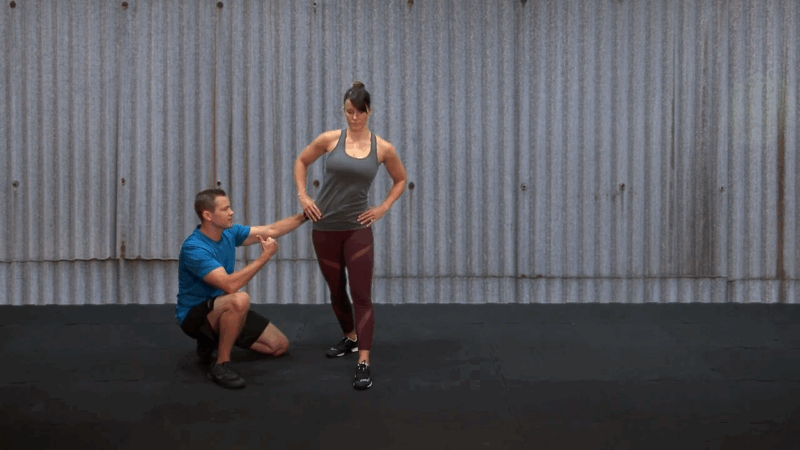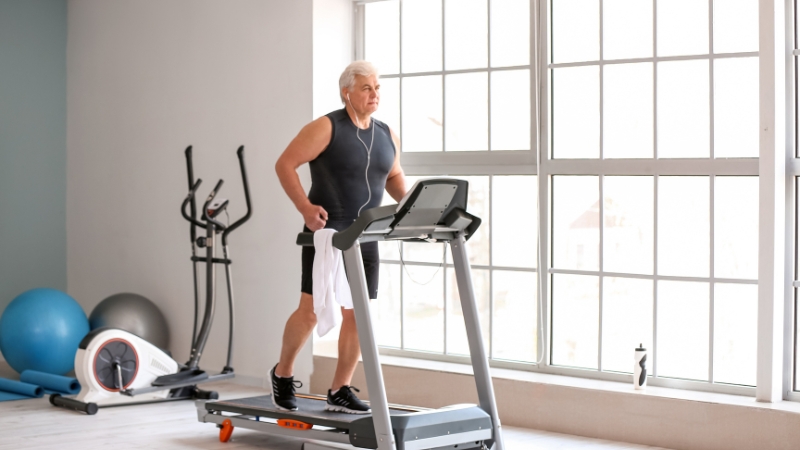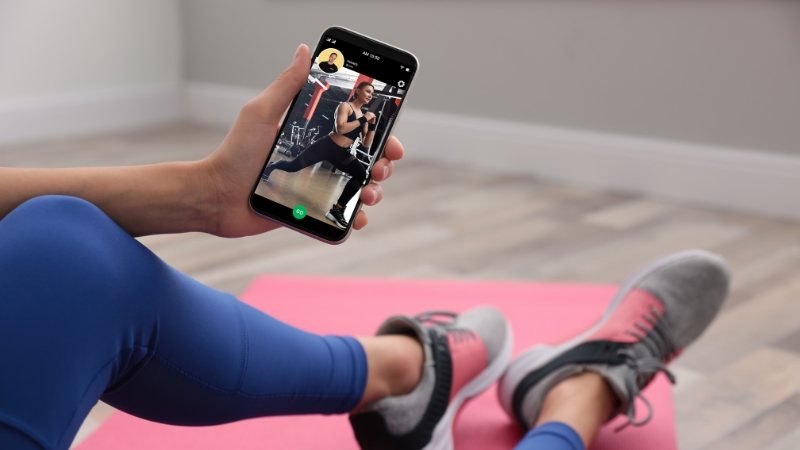
Share Post:
With the global fitness market projected to reach $81.5 billion by the end of the year (Statista, 2025), and post-pandemic behaviors permanently reshaping how and why people train, specialization is no longer optional—it’s how trainers survive, thrive, and scale their income.
Gyms aren’t just looking for generalist personal trainers anymore. Clients aren’t either.
They’re looking for fitness professionals who solve specific issues, who can address real-life concerns—whether that’s rehabilitating post-injury, helping with PCOS weight gain, guiding hormonal balance through fitness, or preparing athletes for competition at an elite level.
We’re no longer in the age of the “one-plan-fits-all” approach; this is the era of niche mastery, and the specializations that dominate 2025 are those that merge science, lifestyle, and mental wellness into physical programming.
1. Corrective Exercise & Post-Rehab: Merging Fitness with Physical Therapy

One of the fastest-growing fitness segments is corrective exercise. This niche isn’t about getting people shredded—it’s about helping people move without pain, regain lost function, and prevent re-injury after surgery, trauma, or chronic overuse.
With more people experiencing back pain, shoulder impingements, and desk-job-related movement dysfunctions than ever before, the need for professionals who can build safe, progressive movement systems is massive.
According to a 2024 report by the American Council on Exercise, nearly 38% of clients over age 35 are now seeking trainers with a rehab-informed background, especially after physical therapy ends.
These trainers work on things like improving scapular stability, hip mobility, and neuromuscular control—all vital for daily function. Often, they partner with physiotherapists or chiropractors to ensure a continuum of care.
Top Issues Addressed by Corrective Exercise Specialists
| Common Issue | Training Focus Area | Sample Exercise/Tool |
| Chronic low back pain | Core stabilization, hip mobility | Bird-dogs, McGill curl-ups |
| Shoulder impingement | Scapular control, posture cues | Wall slides, face pulls |
| Knee tracking problems | Glute activation, ankle mobility | Monster walks, slant board |
| Post-op ACL rehab | Progressive load reintroduction | Step-ups, single-leg RDLs |
2. Women’s Health & Hormonal Fitness: Finally Taken Seriously
Women’s bodies don’t operate on a 24-hour hormonal cycle like men’s do, and yet, for decades, fitness programming didn’t reflect this. That’s changing rapidly in 2025.
Women’s health fitness specialists are being hired not just by individuals, but also by wellness clinics, hormone-focused medical practices, and digital health platforms. Their job is to design training that works with—not against—a woman’s hormonal patterns, stress response, and reproductive health status.
Whether it’s navigating PCOS, thyroid issues, or peri-menopausal changes, these trainers offer real solutions by syncing strength training and cardio protocols with menstrual phases, supporting estrogen/progesterone shifts, and reducing the burden of cortisol.
This specialization is also uniquely versatile—it applies to young athletes, new mothers, and 50-something executives alike. Programs are often integrated with symptom-tracking apps, wearable tech, and nutritional protocols.
If you can create programming that adapts to fatigue during the luteal phase, offers adrenal-supportive work during high-stress periods, and supports long-term bone density post-menopause, you become irreplaceable.
3. Online Coaching + Behavioral Psychology: The Compliance Niche

Let’s be real: knowledge alone doesn’t get people results—compliance does. And this is where online fitness professionals with behavior-change expertise are killing it.
The most profitable and impactful coaches in 2025 aren’t the ones who write the perfect squat program; they’re the ones who understand why clients skip workouts, binge eat after long days, and fall off track for the fifth time.
These trainers build accountability ecosystems—using tracking tools, mood journals, habit stacking, and even motivational interviewing techniques to change behavior at its core. They aren’t just programming workouts; they’re creating lifestyle reboots.
Many of these coaches also hold certifications in applied behavior analysis or have strong backgrounds in psychology, allowing them to build high-retention client bases with deep emotional connections.
Tools Used by High-End Online Coaches
| Tool Type | Example | Purpose |
| Tracking App | Trainerize, Cronometer | Monitor habits, meals, biofeedback |
| Video Check-ins | Loom, Zoom | Personalized weekly reviews |
| Habit Systems | Streaks App, Notion | Reward consistency, measure outcomes |
| Psychology Frameworks | CBT, Motivational Interviewing | Identify resistance and triggers |
It’s worth noting that many of these coaches have hybrid backgrounds that combine kinesiology with digital entrepreneurship or habit coaching. In fact, fitness pros with a bachelor’s in kinesiology are uniquely positioned to dominate this space—because they understand both the science of movement and the psychology of change.
4. Tactical & Athletic Performance Training: Functional Meets Elite
In 2025, “athlete” doesn’t just mean someone with a Nike contract. It means anyone whose job requires high physical performance under stress—military operators, firefighters, law enforcement, and even competitive amateur athletes.
These populations are seeking trainers who can optimize performance while preventing injury and burnout. Programs often include strength-speed power cycles, mobility assessments, load-carriage work, and aerobic conditioning under fatigue.
This is where trainers lean heavily on performance periodization models—tracking TDEE, recovery windows, and readiness scores with elite precision. These coaches are using tech like Whoop, FirstBeat, VO2 analyzers, and force plates to dial in every rep.
Tactical Training Focus Areas
| Tactical Role | Training Focus | Must-Have Test |
| Firefighter | Load endurance, grip | CPAT, sled drag |
| Police SWAT | Anaerobic power, agility | Shuttle run, 1RM testing |
| Military Operator | Rucking, aerobic base | 5-mile ruck, VO2 max test |
This niche pays well—many coaches land government contracts, academy consulting roles, or work with private defense agencies. It also scales well into content, online programming, and high-ticket 1-on-1 services.
5. Longevity & Functional Aging: The Underrated Goldmine

The fitness market for aging adults is exploding, and very few trainers are ready for it. But those who are? They’re thriving.
With adults 60+ making up more than 20% of gym memberships in high-income countries, the demand for programs that prioritize balance, joint care, neuroplasticity, and strength training without high risk is growing fast. These clients are not only consistent—they’re willing to pay premium rates for 1-on-1 care, mobility coaching, and fall-prevention protocols.
Most importantly, they don’t want to be treated like fragile glass. They want to be trained to thrive—whether that means hiking in the Alps or just playing with grandkids without pain.
The best fitness pros in this niche are using a mix of gait analysis, progressive resistance, proprioceptive drills, and even cognitive-motor dual tasks.
6. Biohacking & Recovery Optimization: The New Flex
More and more clients are realizing: it’s not about how hard you train—it’s how well you recover. That’s why fitness recovery specialists are building full-fledged businesses around sleep coaching, red light therapy, parasympathetic breathing, vagal tone activation, and nervous system regulation.
These coaches often work in integrative wellness environments, pairing up with nutritionists, sleep doctors, and even performance psychologists. High-income clients are willing to spend thousands per year on services that include HRV analysis, breath training, cold/hot contrast therapy, and tech-driven regeneration routines.
Final Thoughts

In a sea of trainers, specialists stand out. Not because they have the most Instagram followers or the best abs, but because they solve real problems for real people—and in 2025, that’s what the market rewards.
Whether it’s fixing someone’s back after surgery, supporting hormone shifts, coaching a tactical athlete to shave time off a run, or helping a 68-year-old regain the ability to garden without pain, fitness careers today are about impact, and impact comes from mastery.
The best path forward isn’t to do everything. It’s to find a specialization where your passion intersects with a clear need, get certified, get results, and get visible. In an age of over-choice, people don’t want more options—they want the right person. Be that person.
Related Posts:














